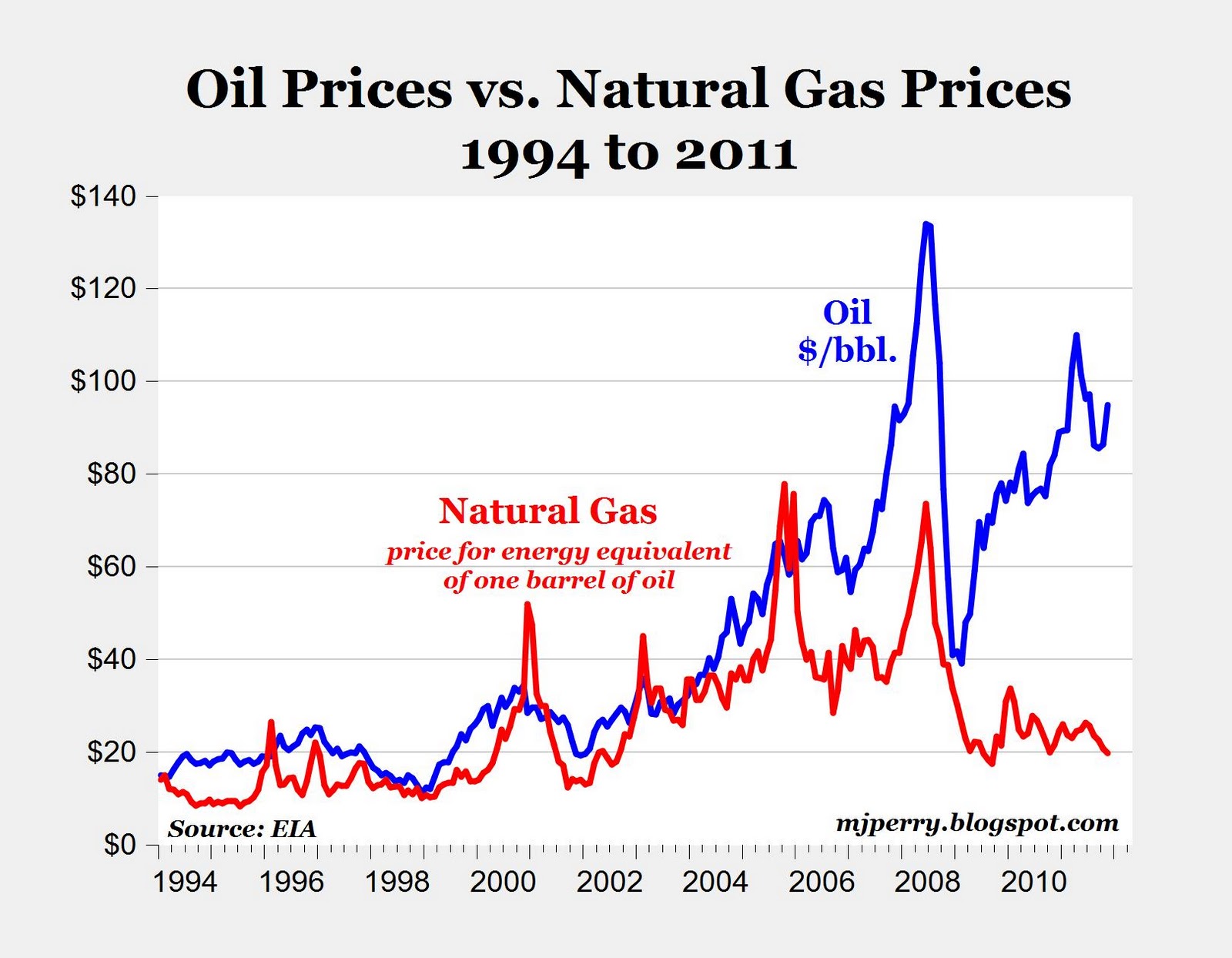Unlocking the Mystery of Cheaper 88 Gas
Ever notice that sometimes a gas station offers a fuel labeled "88" at a lower price than the standard 87 octane? It's a head-scratcher for many drivers. This difference in price often leads to the question: why is 88 gas cheaper than 87? This article delves into the factors contributing to this price discrepancy, examining the composition of 88 octane fuel, its suitability for different vehicles, and the potential benefits and drawbacks of using it.
The lower price of 88 octane gasoline, also known as E15 (15% ethanol), primarily stems from its higher ethanol content. Ethanol is typically cheaper to produce than gasoline, and government subsidies further contribute to its lower cost. This cost advantage is passed on to consumers at the pump, making E15 an attractive option for budget-conscious drivers.
Understanding the difference between 87 and 88 octane requires a basic grasp of octane ratings. The octane rating represents a fuel's resistance to knocking or pre-ignition in an engine. Higher octane fuels are generally required for high-performance engines that have higher compression ratios. While 87 is the recommended octane for many vehicles, some can tolerate the higher ethanol content of 88.
However, the suitability of 88 octane fuel is a critical consideration. Not all vehicles are designed to handle the higher ethanol content of E15. Older vehicles, motorcycles, and small engines like those in lawnmowers are generally not compatible and may experience damage if E15 is used. Always consult your owner's manual or manufacturer's recommendations before using 88 octane fuel.
One of the potential benefits of using E15 is its lower cost, offering some savings at the pump. However, it's essential to balance these savings against potential drawbacks. Ethanol has a lower energy content than gasoline, meaning you might get slightly fewer miles per gallon with E15 compared to E10 (10% ethanol) or pure gasoline. This difference in fuel efficiency can sometimes offset the price difference.
Historically, the use of ethanol in gasoline has been promoted as a way to reduce dependence on foreign oil and lower greenhouse gas emissions. E15 represents an increase in this strategy. However, the debate continues about the overall environmental impact of ethanol production, considering factors like land use and water consumption.
If you're considering using E15, carefully check your vehicle's compatibility. Look for stickers near the fuel filler cap or consult your owner's manual. Using E15 in an incompatible vehicle can void warranties and cause engine damage.
Advantages and Disadvantages of 88 Octane Fuel
| Advantages | Disadvantages |
|---|---|
| Lower price at the pump | Lower fuel economy (potential) |
| Reduced reliance on foreign oil (potential) | Not compatible with all vehicles |
| Potential for lower greenhouse gas emissions (debated) | Potential for engine damage in incompatible vehicles |
Frequently Asked Questions about 88 Octane Fuel:
1. What is 88 octane gas? It's gasoline blended with 15% ethanol (E15).
2. Is 88 octane gas cheaper? Yes, typically due to government subsidies and lower ethanol production costs.
3. Can I use 88 octane in my car? Check your owner's manual for compatibility.
4. What are the benefits of 88 octane gas? Potential cost savings at the pump.
5. What are the drawbacks of 88 octane gas? Potential for lower fuel economy and incompatibility with some vehicles.
6. Is 88 octane gas better for the environment? The environmental impact is debated.
7. What happens if I use 88 octane in an incompatible car? It could void your warranty and damage your engine.
8. Where can I find 88 octane gas? It's available at some gas stations, often labeled as E15.
In conclusion, the lower price of 88 octane (E15) gasoline compared to 87 octane is primarily attributed to the lower cost of ethanol. While E15 can offer savings at the pump, it's crucial to confirm your vehicle's compatibility before using it. The potential for lower fuel economy and the risk of engine damage in incompatible vehicles are significant factors to consider. By understanding the composition, benefits, and drawbacks of E15, drivers can make informed decisions about their fuel choices, balancing cost savings with vehicle performance and longevity. Always prioritize the manufacturer's recommendations to ensure the safe and efficient operation of your vehicle. While the lower price can be tempting, it's important to prioritize the long-term health of your engine and adhere to the recommended fuel type for your specific vehicle.
Unlocking discord profile pictures a deep dive
Diving deep into the world of free online reverse harem books
Roblox display name synergy twin your avatar and username














